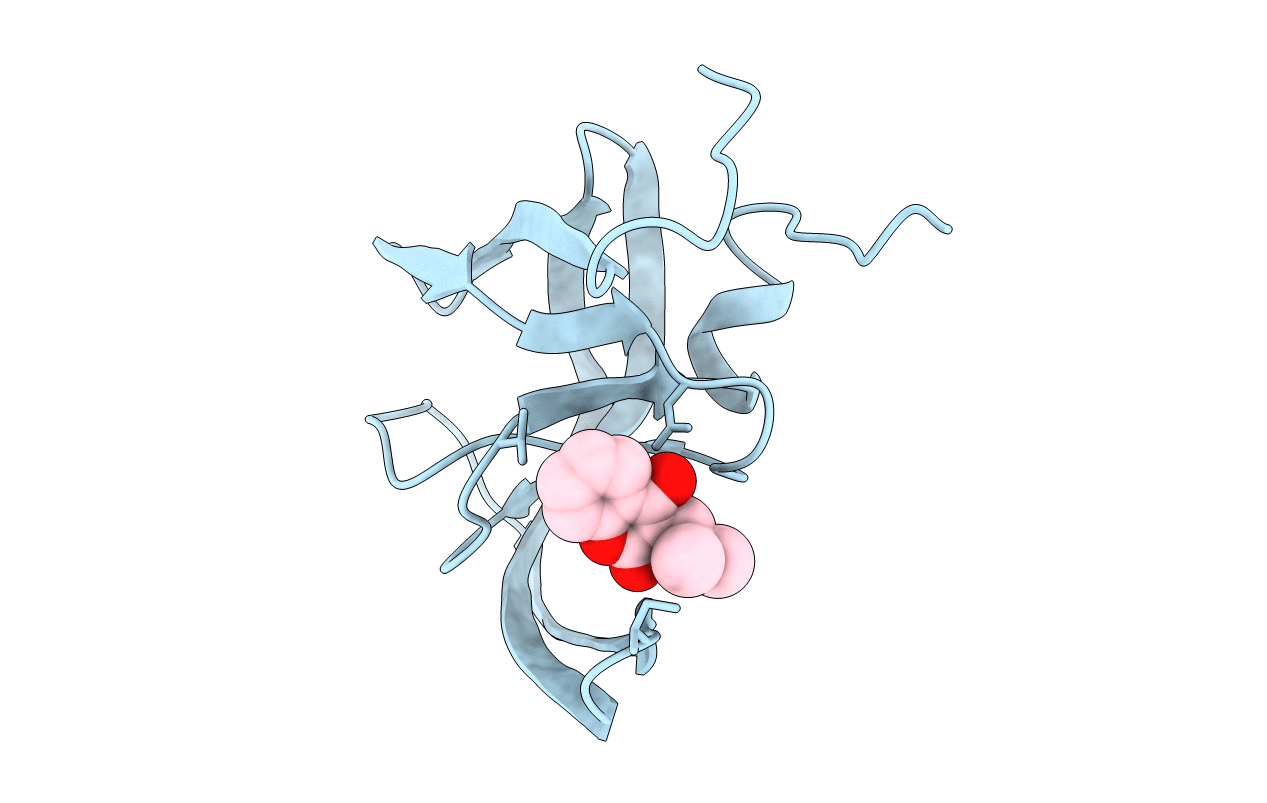
Deposition Date
1996-03-04
Release Date
1996-10-14
Last Version Date
2024-04-03
Entry Detail
PDB ID:
1UPJ
Keywords:
Title:
HIV-1 PROTEASE COMPLEX WITH U095438 [3-[1-(4-BROMOPHENYL) ISOBUTYL]-4-HYDROXYCOUMARIN
Biological Source:
Source Organism:
Human immunodeficiency virus 1 (Taxon ID: 11676)
Host Organism:
Method Details:


